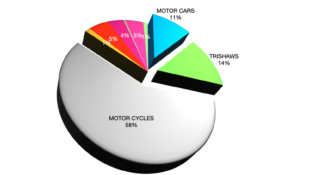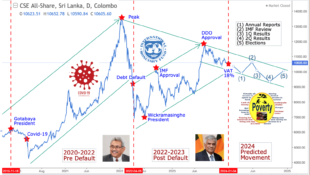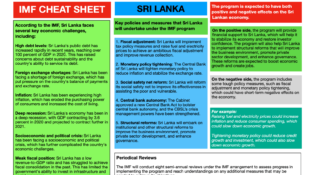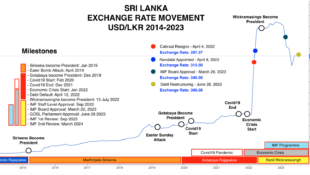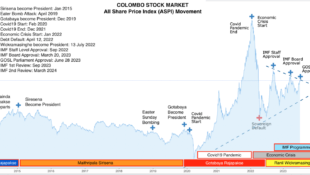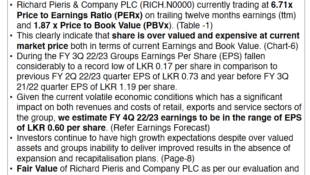Since you are inviting for a serious talk and also I have contributed to this thread against your points, I thought of writing here again. However, I do not call myself an expert.
If you take current status of PCH , its annualized EPS is 0.69/3*4=0.92. Considering the fact that still their core-business activity is selling computer hardware or/and related items, it is not questionable to say they are in retail business than IT business.
This core-business is supported by their specialization in acquiring such items from foreign suppliers and distributing them with reasonable profit (their key success factors). So to me PCH is not an IT company. Thus applicable PE ratio is not that of IT sector. Therefore traditional conservative market PE (15) would serve the purpose well and it lead us to more conservative estimate of PCH value (this is my rationalized opinion not a fact).
If we assume PCH keep current profit level next year also. The value of a share would be around 0.92*15= 13.8.
Now we start the critical part of the discussion.
As many of you point out PCH is expanding business activities by starting data warehousing etc. Well, if those businesses will bring some profit, above conservative figure of profit (0.92) should be increased. Thus current value of PCH share should be higher than 13.8.
Now you may understand, to decide how much PCH is worth now we have to forecast future profitability of PCH’s new projects (new businesses).
Can any of you come up with concrete answer to the question that what would be the profit contribution by those new projects exactly? Since some of their new projects are beyond their core-competencies , I do not have confidence to say they will contribute positively on the profit. Even some of their projects reported profit , others may go other way around making it zero-sum.
Very essence of above paragraph is not to say PCH will fail their future projects, at least to show that there is an ambiguity on their impact on future profit.
Though I cannot remember the exact reference, it is human nature (at least me) that if there is an ambiguity (risk) we try to avoid that situation thinking the worse can happen. Do you agree with me? Thus, people put little weight on profit of PCH’s new business.
Then you may ask me why PCH went up to 32. It was simply on speculation that PCH will continue to appreciate as it started a steady (manipulated?) trend on its price. However it is arguable, people do not go after PCH just seeing a price appreciation. So I should give more solid explanation for that.
We like lotteries, why? They have a chance of giving us very large reward. However with very small probability. If you calculate expected value of a lottery (that is in long-run your average gain in purchasing lotteries), you find it negative. Then why we buy them? The reason is people overvalue small probabilities associated with large gains (gambling mentality). This was theorized by Prospect Theory (Kahneman and Tversky, 1979) for which they were awarded Nobel prize.
It is my thinking that who ever manipulated the PCH was able to conceive the idea that PCH will have huge profit in recent future thorough news paper articles and flashes on websites. The huge expected profit figure was strong enough to forget small probabilities of occurring such a event. Thus became subjects of Prospect Theory with gambling mentality. That is why PCH continued to appreciate with the backup of manipulators (that is, both price and volume manipulation).
Once who ever pumped started dumping together with disappointing quarterly results (which broke the gambling mentality), price started to decline. Then only, people realized what happened to them. This is not losing confidence. This is about realizing what happened to them.
Further, my heart says many posters who are promoting PCH here are not manipulators. They may be the victims of this scenario who are trying to get-ride of the trap. So I really feel sympathy, brothers! It is too late now.
If I were you I realize the fact that I have been misleaded and take necessary actions avoid further loses.
My figure 13.8 for PCH is too conservative and I don’t think it would touch that price. However, anything possible in this market. This is not a prediction of future price behavior of PCH.
THIS IS NOT AN ADVICE OR INVESTMENT RECOMMENDATION.
ReferenceKahneman, D. and A. Tversky (1979). Prospect theory: an analysis of decision under risk , Econometrica,47, 263-291.
 would enable you to enjoy an array of other services such as Member Rankings, User Groups, Own Posts & Profile, Exclusive Research, Live Chat Box etc..
would enable you to enjoy an array of other services such as Member Rankings, User Groups, Own Posts & Profile, Exclusive Research, Live Chat Box etc.. 
 Home
Home
















